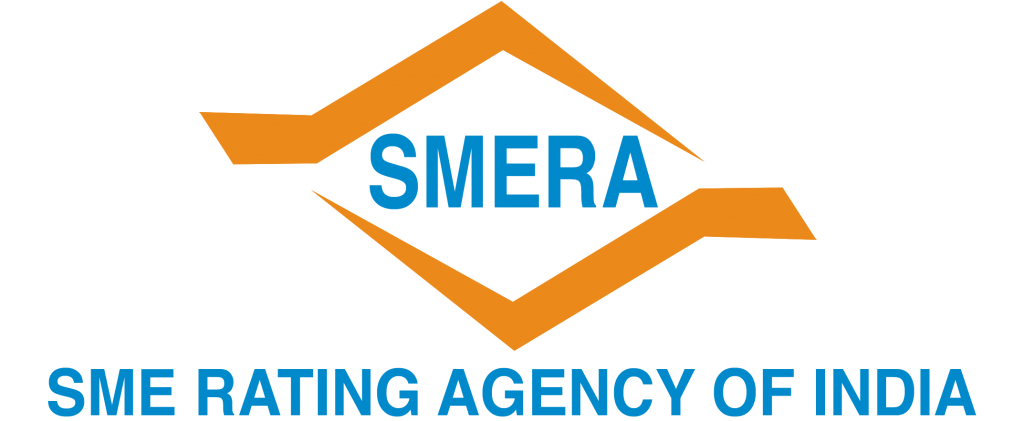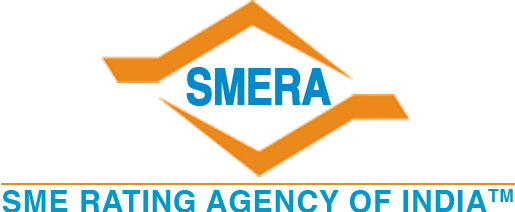Why MSMEs need to be in the 'scheme' of things
For centuries now, the world has turned to India for spiritual inspiration, knowledge of handicrafts, agriculture and marvelled at the nation’s vast swathes of fertile land, diverse resources and labourers with varied skill sets. India is also perceived as a goldmine of local entrepreneurial talent.
Young minds brimming with ideas enhance industrialisation, all with basic capital and low investment. Even the quintessential Indian woman is seen as a homemaker, wealth creator and wealth multiplier.
This is the essence of Micro, Small and Medium Enterprises (MSME) and Small and Medium-sized Enterprises (SMEs) that ought to thrive in this seemingly natural business environment. They could complement large corporates as ancillary units.
Yet, challenges remain. The general perception that MSMEs and SMEs are underserved is not entirely unfounded.
They often function with high-stress levels owing to insufficient capital base and lack of timely credit. The conservative approach of financial institutions in lending to these enterprises doesn’t help either. They’re often assessed unfavourably on industry risk, management risk, business risk, project risk and financial risk.
Since MSMEs are largely heterogeneous in nature, their evaluation is complex thereby affecting credit delivery. Credit penetration in general is high in countries with better Credit Information Infrastructure. On this count, India still has some distance to cover, though rating institutions like SMERA are helping the MSME sector in India to grow and have access to credit through independent and unbiased credit opinion that banks could rely on.
SMERA, the world’s first MSME-focused rating agency, had introduced the concept of SME ratings in India. A good rating provides comfort to lenders, including bankers, financial institutions and NBFCs, entrepreneurs, customers, suppliers, foreign partners, and collaborators among others for joint ventures.
Meanwhile, recent policies on the part of the government hint at a definite change. Although reports claim that many lenders downed the shutters on these businesses during the pandemic, the Indian government has kept this sector alive and vibrant.
A business daily cited the government’s claim that nearly 1.09 crore MSME borrowers were given a guaranteed support of Rs 1.65 lakh crore under the Emergency Credit Line Guarantee Scheme (ECLGS) up to July 2, 2022, as part of a Covid-19 relief package to help them resume businesses and meet their operational liabilities. It added that such measures saw lending to these businesses jump to Rs 9.5 lakh crore in the pandemic-hit FY21 from Rs 6.8 lakh crore in FY20.
It’s in India’s interest to open the business arteries for these enterprises through a plethora of MSME schemes.
What kind of MSME schemes can businesses avail?
Large organisations have deep pockets to meet their working capital requirements regardless of client outstandings. Delayed payments however cripple MSMEs and SMEs that don’t have high cash reserves. It’s here that government schemes for MSMEs serve as a massive boost.
In October last year, the MSME ministry urged corporates to clear pending dues to improve cash flows in the economy such that MSMEs could revive their businesses in the festive season. All Central Public Sector Enterprises (CPSEs) were instructed to release their payments within 45 days to which they responded admirably.
MSMEs need an arm around the shoulder with initiatives like this. Specific MSME schemes such as the ones listed below go a long way in reinvigorating the sector.
- Prime Minister Employment Generation Programme: Managed by Khadi and Village Industries Commission (KVIC), the scheme creates employment opportunities in both rural and urban areas for these businesses.
- Market Promotion & Development Scheme: An amalgamation of different MSME schemes run by the Khadi sector, including marketing and publicity.
- Technology Upgradation and Quality Certification: Intended to achieve zero-defect practices in manufacturing processes.
- Marketing Promotion Schemes: Involves activities like visiting MSME delegations to other countries to identify new areas of technology, participating in international exhibitions and trade fairs.
- Entrepreneurship and Skill Development Programme: Nurtures young entrepreneurs by training them on various aspects of industrial development.
- Infrastructure Development Programme: Aimed to provide R&D and training centres to clusters of MSMEs.
- Scheme of Surveys, Studies and Policy Research: Maintains records of existing and upcoming MSMEs. These records contain significant aspects and features of MSMEs.
- National SC-ST-HUB: Supports scheduled cast and scheduled tribe entrepreneurs in technological up-gradation.
- Scheme of Information, Education and Communication: Promotes skill up-gradation in both existing and new MSMEs.
- Scheme of Fund for Regeneration of Traditional Industries: Organises traditional industries and artisans into clusters to make them competitive and provides support for their long-term sustainability.
- Scheme for Promotion of Innovation, Rural Industries and Entrepreneurship: Sets up business and innovation incubators especially for start-ups and early-stage enterprises.
What are MSME loan schemes?
But while these schemes are laudable, MSMEs and SMEs need capital stimulus to advance businesses, purchase raw materials, machinery, invest in fixed assets and meet working capital requirements.
Timely MSME loan schemes serve as a growth driver. On this score, the scenario in India seems to be changing for the better, for not only are these loans quickly processed, they have something unique for different categories of businesses.
- MSME Loan in 59 Minutes: Seems unreal, isn’t it? Truly, 59 minutes is all it takes to get a loan approved. To avail of the loan, the lender must be IT-complaint and GST-registered. Since the loan application is done through a digital process, the programme is called Advanced Technology Backed Loans.
- MUDRA Loan or Pradhan Mantri MUDRA Yojana: It was established with the intention of financing the unfunded. Provides loans up to Rs 10 lakh to non-corporate and micro-enterprises.
- SMILE (SIDBI Make in India Soft Loan Fund for MSMEs): It was aimed at including MSMEs in the ‘Make in India’ campaign. The focus was to finance small enterprises within the MSME sector. The term soft loan was introduced to offer loans with ‘soft terms’.
- Credit Guarantee Scheme (CGS): It was launched to catalyse the flow of institutional credit to Micro & Small Enterprises (MSEs), strengthen the credit delivery system and finance the unserved, under-served and underprivileged.
The odd bumps on the road are inevitable. Only recently, the government discontinued the Credit Linked Capital Subsidy Scheme for Technology Upgradation. The scheme provided a capital subsidy of 15% on institutional finance of up to Rs 1 crore availed by these businesses to upgrade their plant and machinery with the latest technology.
According to a business portal, the scheme’s suspension comes right after it posted its best performance in five years and that the capital subsidy support provided was also the highest in FY21 at Rs 1,102.57 crore.
The unrest in this business community is understandable. It’s obvious that these business entities are becoming increasingly vocal about their needs. To cite an example, engineering exporters in the MSME segment have sought government intervention on rising steel prices, insisting that the industry needs the alloy at affordable rates to boost export competitiveness in the global markets. Their voices deserve to be heard.
Still, the plusses in recent times are undeniable. MSMEs and SMEs have not only benefited from a slew of government loan schemes, they’re also getting exposure to various development programmes like the ones listed below.
What MSME skill development programme achieves...
Entrepreneurship promotion programmes are being organised to enlighten young talent on various aspects of business activities required for setting up MSEs. There are reports on the way such activities are organised in polytechnics and business schools to motivate them towards self-employment.
Prestigious institutions like National Institute of Micro, Small and Medium Enterprises (NIMSME) and Khadi and Village Industries Commission (KVIC) frequently conduct skill-development programmes for future entrepreneurs.
Conclusion
Market analysts have rightly averred that a shift in the government’s mindset is the key to MSMEs achieving their true potential. While financial sops, government loan schemes for MSMEs and MSME schemes for new entrepreneurs are a boon, it’s widely held that more could be done to infuse vigour into these segments. They should get technological backing and assistance in structural changes to improve operational efficiencies and recharge the demand side. Given that MSMEs and SMEs are the pulses of the economy, do they deserve any less?
Services for SMEs
SME Credit Rating
Know more
Credit Due Diligence
Apply now.
SMERA Terminal
Sign up

